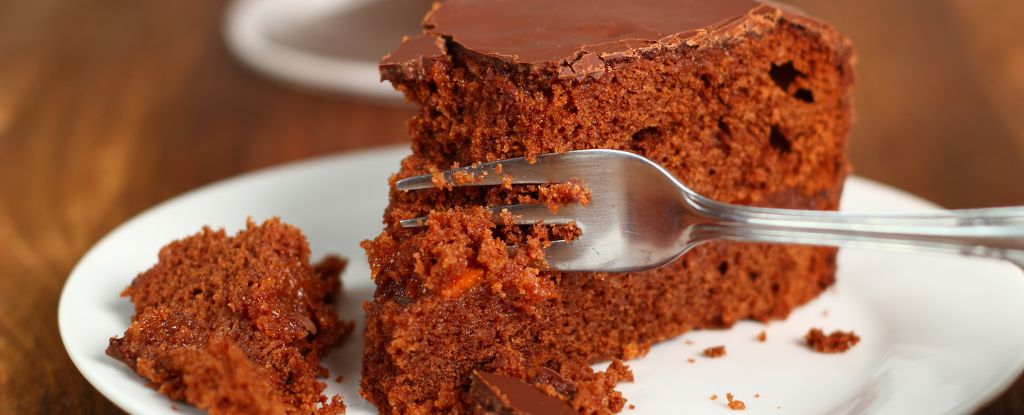Brah who is eating cake for it’s nutritional value?
All them uppity French peasants?
Me now, after having read this article
tl;dr - “The new findings suggest used coffee or tea could be a natural and sustainable way to improve the shelf life of baked goods, while at the same time infusing the products with added nutrients.”
eats one piece of coffee cake
“I just felt like running…”
Pretty interesting article, but would’ve been pretty funny if the results were “it just tastes bad”. Negative or failed results can be both funny and informative
Yes, did you also notice how the word “taste” doesn’t appear in the article? It’s all about recycling and nutritional value… which is even more wasteful and pointless if it won’t be eaten.
Coffee and tea both have a history of being used in desserts solely for their flavor, and using the tea leaves or coffee grounds once for tea/coffee probably doesn’t remove so much flavor from it that it renders it inedible. If you drink coffee or tea it’s an easy enough experiment to perform yourself at home the next time you bake something. Even if the end result is “adds no flavor enhancement at all” it might still be worth doing just for the added shelf life, the same way that preparing bread with the tangzhong technique (pre-cooking some of the flour with water on the stove before incorporating it into the rest of the dough) doesn’t alter the flavor but enhances the texture and shelf life of the bread.
Would have been ten times better if they gave you a ballpark estimate of how much to include in the recipe. One cup? A few teaspoons?
As it stands, this is more trivia than practical advice.
In the actual study (linked to in the article) they mentioned testing this out with the coffee or tea powder substituting 1, 2 or 3% of the flour in the recipe. Also note that the used coffee grounds and tea leaves were repeatedly rinsed with distilled water, then dried and made into a powder. So, different than just used grounds or leaves that you would have handy.
Still, this might inspire me to find some existing recipes that call for coffee grounds and tea leaves.
Ah, good. I looked right past the link. Thank you for the summary!
Powdered more than coffee grind would be hard to achieve… I think the coffee grinder makes the finest powder I can achieve at home.
Right, I was also a bit confused about tea. Like, do you grind the tea leaves and then add them to the mix? Or do you straight up put the leaves?
I’ve made tea cakes before and generally enjoy them. I wonder how much flavor you get from used tea bags… I might try throwing some into the next bread I bake.
Removed by mod
deleted by creator
Fiber? I hardly know ‘er!
My favorite part is the staple. Mmmmmm…
Im partial to the string. Except when it doesnt come all the way out when I poo and I have to do the ripcord trick.
Somewhere, a scientist talks to his son, eating some freshly baked cake.
« It tastes like shit but it’s healthy, like your mother’s ass »
A sponge cake is basically empty calories. Sugar, fat and egg proteins.
Adding anything vegetables will indeed make it healthier. It could be onions, garlic or even mere grass, the results would be the same.
A science joke, a dad joke, and a mom joke in one post?! Genius
You can barely taste the sawdust, plus the added fiber keeps me regular
I really can’t imagine that adding grit to a cake improves it.
Powdered “after being boiled and ground”
We just got some loose leaf tea as a gift, I might save some after steeping and see how it tastes in a quick bread. I bet it would be good in banana bread.
Let’s put rubbish in food and try and sell the benefits.
I‘m loving it!
Ba da ba ba BAAAAAAAAAAHHHHHHHH
That made me chuckle. Thank you very much.
Cool!










